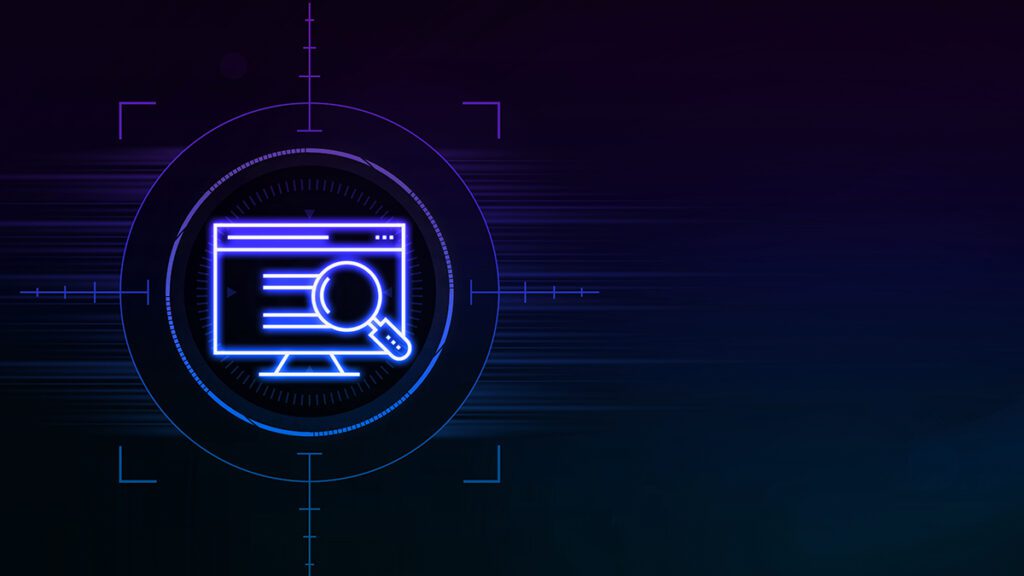Digital forensic imaging is defined as the processes and tools used in copying a physical storage device for conducting investigations and gathering evidence. This copy doesn’t just include files, which are visible to the operating system, but every bit of data, every sector, partition, files, folders, master boot records, deleted files and unallocated spaces. The image is an identical copy of all the drive structures and contents, and as the basis for the digital forensic investigation, must ensure forensic integrity of the image collected from a suspect device.

For over 20 years, digital forensic investigators with law enforcement, government agencies and corporations have depended on Tableau Forensic devices to conduct forensic imaging operations. These devices fall into 3 categories: Tableau Forensic Imagers, which provide simultaneous high-performance imaging across a network; Tableau Forensic Duplicators, which providing stand-alone local imaging operations; and Tableau Forensic Bridges, otherwise known as write blockers, which prevent any write access to a suspect hard disk, permitting read-only access to the data storage devices without compromising the integrity of the data. Those that have been in the digital forensic investigations business for any length of time may remember that these devices were initially developed by Tableau LLC, a once privately-held developer and manufacturer of computer forensic hardware. In 2010, the assets of Tableau LLC were acquired by Guidance Software, which was subsequently purchased by OpenTextTM.
In 2008, the first Tableau Forensic TD1 Duplicator was introduced for smaller-scale forensic acquisitions and was immediately recognized as an easy-to-use, compact solution. As technology shifted and more disk drive interfaces became commonplace, the TD2u was introduced. While TD2u maintained the same compact form factor and look and feel, it not only added support for additional drive interface types but delivered increased performance and efficiencies for digital forensic investigators. Fast forward to this week, and OpenText has introduced the next-generation Tableau Forensic Duplicator – the TD4.

As the replacement for the discontinued Tableau Forensic TD2u Duplicator, TD4 offers a number of improvements, combining enhanced features, more seamless workflows and support for modern disk drive interfaces with convenience and ease of use. When comparing the TD2u against the TD4, digital forensic investigators will see that TD4 offers the following advantages:
- Touch-screen interface, audible status indicators and administrative control options for seamless workflows
- The ability to image data anywhere with support for SAS and PCIe source drives for improved device imaging capabilities
- Support for PCIe and additional USB destination drives for improved efficiency
- Both logical and physical imaging support, providing the options for fast, efficient targeted acquisitions
- Support for PCIe hot-swap drives on both source and destination, eliminating the need for a power cycle and saving time and frustration during the imaging process
- Increased encryption, wipe and format support
- Support for 5 destination drives to provide increased efficiency
- Enhanced international language support, providing users with the convenience of conducting forensic acquisitions in their native language
- 3- year standard warranty coverage for reduced cost of ownership
The Tableau Forensic TD4 Duplicator is part of an entire family of Tableau Forensic solutions designed to facilitate digital forensic investigations with imaging, duplication and write-blocking capabilities. As the pioneer in digital forensic investigations, OpenText Tableau Forensic and EnCase digital forensic solutions provide investigations with the information advantage needed to help make the world a safer, more secure place by finding the truth in data. For more information on Tableau Forensic imagers, duplicators, bridges/write blockers and accessories, visit our website at https://www.opentext.com/products/tableau-forensic.




